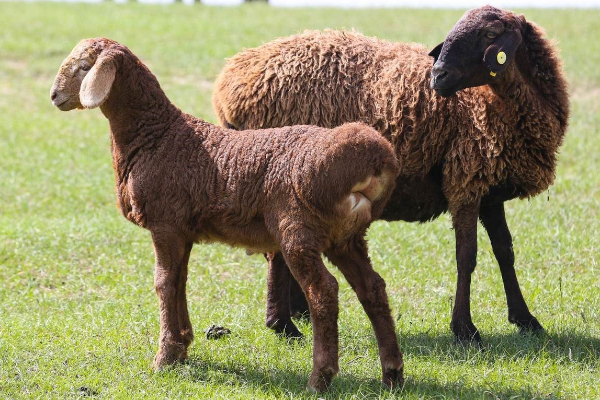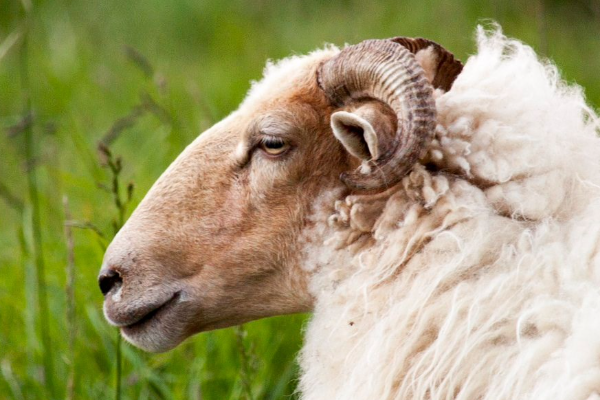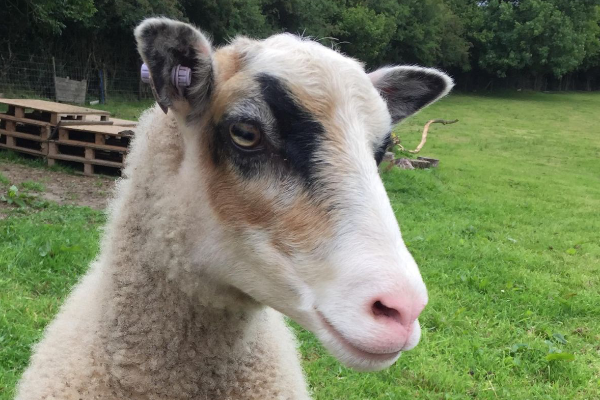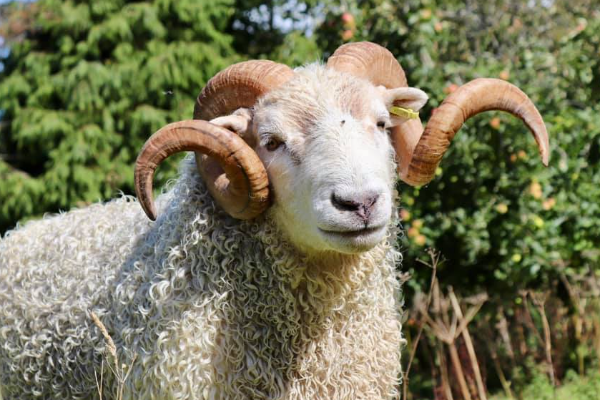Hissar Sheep
What is the history of Hissar Sheep?
Hissar Sheep (Gissarskaya - Гиссарская овца ) is a coarsewooled fat-rumped breed of the mutton-fat type. It was obtained by selection in the conditions of year-long range husbandry in Tajikistan and was bred by Uzbek tribes which migrated there with their sheep flocks in the 13th-14th centuries.
Sheep of this breed are raised in the centre of the Tajik SSR (Karagach, Dushanbe, Faizabad, Kulyab, Kurgan-Tyube) and in the foothills and mountains of Surkhandarya and Kashkadarya regions of the Uzbek SSR (Baisun, Denau, Sariasia, Shurchi, Sherabad).
Hissar sheep are an isolated race of fat-rumped sheep. Hissar sheep are not only the largest of the fat-rumped breeds, but they are larger than the Lincoln, the biggest European sheep.
What are the characteristics of Hissar Sheep?
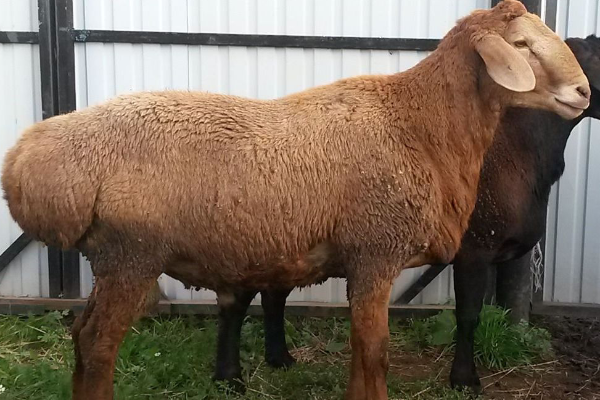
- Hissar Sheep have a strong and sound frame, a long, broad and deep body and a well-developed elevated rump where the reserve fat is deposited.
- The fat serves as an insurance against seasonal fluctuations in forage supplies. In ewes the rump is some 40 cm long and 29 cm wide; in rams, the respective figures are 48 cm and 40 cm.
- Withers height of ewes is 75-80 cm and that of rams is 80-85 cm.
- Oblique body length is 75 and 85 cm and depth of chest is 34 and 35.5 respectively.
- The head is massive and Roman-nosed; the ears are long and pendent.
- The neck is short and thick.
- Hissar Ewes are polled but some Hissar rams have small horns.
- Hissar sheep are well adapted to local environmental conditions and are easily able to cover the long distances (400-500 km) from winter quarters to high-altitude summer ranges.
- When pastured on alpine and sub-alpine ranges, Hissar sheep graze well and deposit large quantities of fat in the rump.
- The young mature very early: during the first 2-3 months they gain at the rate of 500-600 g a day.
- At weaning ram lambs weigh 47-50 kg and ewe lambs 46-48 kg. The rump weighed 23 kg. Individual wethers produced up to 64 kg of fat.
- Hissar sheep produce very little wool and it is the coarsest among all varieties of fat- rumped sheep.
- The average fleece weight is 1.3-1.6 kg for rams and 1.0-1.4 kg for ewes.
- The wool contains a lot of guard hair and kemp -18-34% in ewes and 11-24% in rams.
- The wool is used mainly for felt production.
- Hissar sheep are dark tan or black in colour.
- Lambing rate is low - 110-115 lambs dropped per hundred ewes lambing.
- Milk yield is sufficiently high - 1.8-2.3 kg per day.
- Three types of Hissar sheep are currently distinguished: mutton, mutton-fat, and fat; they differ in conformation and in rump size and position.
- Sheep of the mutton type have a tight, scarcely noticeable rump which is hidden in the body, as it were. Sheep of the mutton-fat type have a large rump level with the back; grazing sheep have a somewhat bulging rump. Sheep of the fat type have a large sharply protruding rump, which in some animals is as big as one third of the body.
Studies of the Uzbek Institute of Livestock Breeding have shown that the three types differ in growth rate, carcass traits and composition of weight gains. Grazing sheep of the mutton type have larger weight gains than sheep of the fat type and smaller yields of rump fat. Hissar ewes are mated to rams of other breeds, in order to improve the wool. Hissar sheep are widely used for improving early maturity and meat and fat traits of other breeds of the same type.
What is the weight of mature Hissar Sheep?
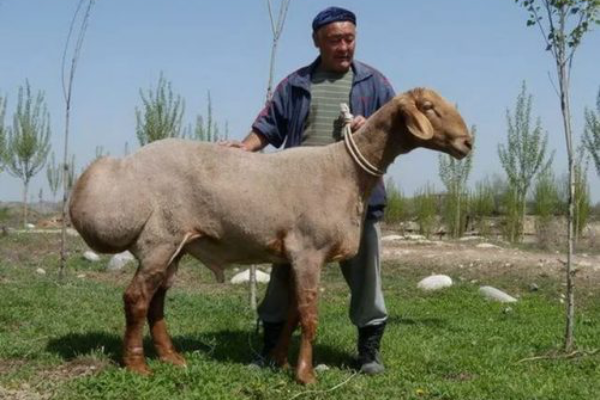
Hissar live weight of rams is 130-140 kg (max. 180-190 kg) and that of Hisar ewes is 70-80 kg (max. 100-120 kg).

Written by
H Cetin KATIRCI
Online ShepherdBreedsMore
IllnessesMore
Forage cropsMore
![]() Патологическая физиология голодания Arina TARAN
Патологическая физиология голодания Arina TARAN![]() Дефицит фосфора (гипофосфатемия) Hipofosfatemi Arina TARAN
Дефицит фосфора (гипофосфатемия) Hipofosfatemi Arina TARAN![]() Какие бывают кормораздатчики для ферм КРС? Irina Makarova
Какие бывают кормораздатчики для ферм КРС? Irina Makarova![]() Кормушки для овец Diana Myakisheva
Кормушки для овец Diana Myakisheva![]() Питание домашних коз: что едят, виды корма и правила кормления Alina Arslantürk
Питание домашних коз: что едят, виды корма и правила кормления Alina Arslantürk![]() Важность минералов питании сельскохозяйственных животных Irina Makarova
Важность минералов питании сельскохозяйственных животных Irina Makarova

